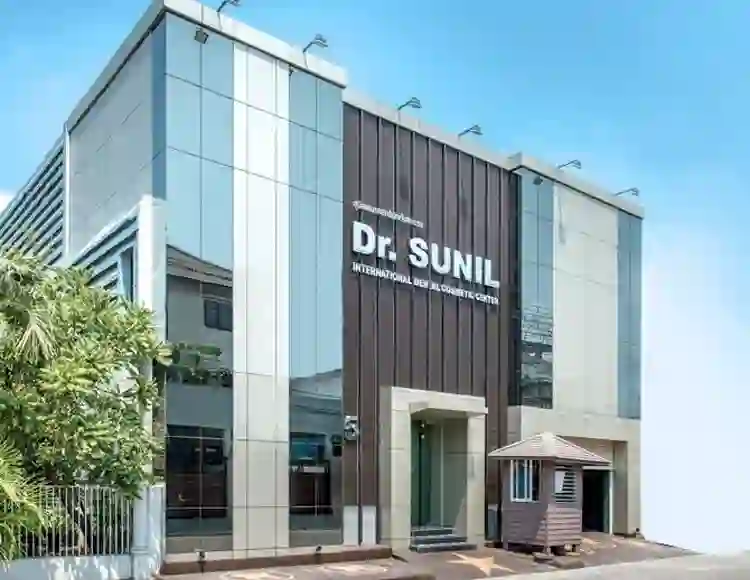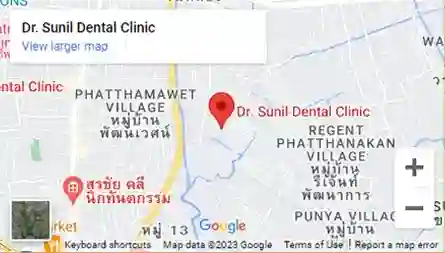Understanding Sinus Lift: A Key Procedure for Dental Implants
A Sinus Lift is a specialized surgical procedure designed to increase bone volume in the upper jaw, specifically in the area of molars and premolars. Sometimes referred to as sinus augmentation, this procedure has become increasingly popular over the past 15 years as more people seek dental implants to replace missing teeth. The surgery involves adding bone between the jaw and the maxillary sinuses on either side of the nose. To create room for the bone graft, the sinus membrane is carefully lifted, allowing for the placement of dental implants where there previously wasn’t enough bone support.
When a natural tooth is lost due to decay, trauma, or periodontal disease, the alveolar process—the part of the jaw that holds teeth—begins to remodel. Over time, the edentulous area, or toothless ridge, loses both height and width. Additionally, the maxillary sinus floor can gradually lower, further reducing available bone for implants. This is where a Sinus Lift becomes essential. By augmenting the bone in the posterior maxilla, this procedure allows patients who have experienced significant bone loss to receive stable, long-lasting dental implants.
A Sinus Lift is typically performed by a specialist, such as an oral and maxillofacial surgeon or a periodontist. The procedure involves placing granules of bone graft material into the area where bone is insufficient. These granules may be taken from the patient’s own body, a donor, or synthetic sources. Over time, the graft material integrates with the existing bone, creating a solid foundation for dental implants. The amount of bone required varies on a case-by-case basis, depending on the patient’s anatomy and the extent of bone loss.
This procedure is particularly useful for patients who have lost teeth in the upper jaw, especially the back teeth or molars. Because of the natural anatomy of the skull, the back of the upper jaw often has less bone than the lower jaw. Bone loss may also occur due to periodontal disease or prolonged tooth loss. When teeth are missing for an extended period, the jawbone begins to resorb, and the maxillary sinus can expand. In such cases, a Sinus Lift creates the necessary space to place dental implants securely, ensuring proper function and aesthetics.
One of the key benefits of a Sinus Lift is that it allows patients who would otherwise be unable to receive implants to enjoy a permanent solution for missing teeth. Without adequate bone height, implants may not integrate properly with the jaw, leading to failure. By lifting the sinus membrane and grafting additional bone, this procedure ensures sufficient support for implants, improving the long-term success rate of dental restoration.
Recovery from a Sinus Lift procedure is generally smooth, although some swelling and minor discomfort are common in the days following surgery. Patients are usually advised to avoid activities that increase sinus pressure, such as blowing the nose or strenuous exercise, during the initial healing period. Regular follow-ups with the dental specialist help monitor the success of the bone graft and the integration of dental implants once they are placed.
In conclusion, a Sinus Lift is a critical procedure for anyone considering dental implants in the upper jaw who may not have sufficient bone volume. By increasing the height and density of the jawbone in the molar and premolar region, this surgery provides a reliable foundation for long-term dental implant success. With advancements in dental surgery, sinus lifts have become safer and more effective, offering patients the opportunity to restore both function and confidence in their smiles.
FILL UP THE FORM















